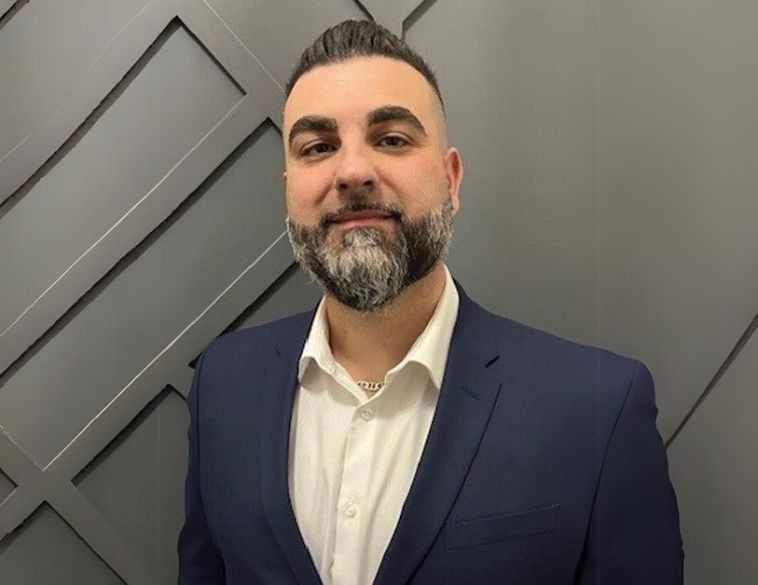Apprentice numbers are rising, but effective mentoring is needed to keep them.
Five years ago there were 400 collision apprentices in Ontario. Today, it’s around 700. It’s a healthy indication that recruiting numbers are up, and that’s not only in Ontario but in most provinces across Canada according to John Norris, Executive Director, HARA/CIIA, who tracks these trends on behalf of the industry.
Virtually all apprentices can get hired immediately, indicating that more are needed, something most in the industry agree with.
So where do we get new people to join the ranks? And once they are in the stream, how are they developed and then retained? “That’s the question of the day,” says Ashley Olsson, Director of Communications at Pro Spot in Carlsbad, Calif.
Olsson feels that attracting and properly educating would-be collision technicians is a responsibility of both manufacturers and suppliers. Pro Spot belongs to the U.S. Collision Repair Education Foundation that, among other things, provides current equipment to schools so that graduates arrive on the job with the confidence of knowing what they will find when they enter a ‘real’ shop. Like Pro Spot, most suppliers and OEMs are generous in their support of educational institutions.
Additionally, Olsson notes that it’s a bit of a millennial thing. “Millennials are used to instant gratification and want to feel they are in a position where they fit into the work environment right away, even if they expect to train further.”
Leanne Jefferies, Director of Skills Programs, CCIF meets a lot of young students in the trade and says, “interest is increasing, but we still have a lot of work to do.” Jeffries was impressed to see that in a recent competition in Ontario two out of three participants in the Car Painting program were females. She feels attitudes are changing—there has been a lot of work at many levels to attract women into the trades, and that is now showing some results.
Retention remains a key issue and Jefferies, as well as other business leaders in the industry, agree that fair pay is important, as is a competitive benefit structure, but that continued training including OE certification and a clear path forward are critical to keeping the team in place.
Find them and keep them
At Budds’ Collision in Oakville, building a career has always been part of the recruitment process with very positive results. General Manager J.R. Martino selects one co-op student at a time and has them in the shop for a semester or two. If they show promise, they go straight into the parts department for employment while they get their apprenticeship underway. “They need to learn the entire process, understand every department of the shop and understand cars,” he explains. They can work with the technicians as well so they learn every aspect of the process. “We have a great staff and more than half are homegrown,” Martino proudly points out.“It’s a process and we’re patient. They know we will invest in them, and they see a career here.”
John Norris points out that many shop owners look for the five-year-experienced technician but are unable to find them easily. He feels that looking down the road, as shops like Budds’ do, bringing people in to anticipate those needs is imperative.
Leanne Jefferies acknowledges that kind of process and expects that each shop or group manager will have his or her own approach. Savvy shops invest in their employees, get them to Red Seal certification and help them create a genuine career. “They can stay for 20 years,” she says.
Consumer comprehension
Pro Spot’s Olsson feels that training is vital to employees but it’s also an imperative to the industry as a whole. If technicians understand their role as the experts on safe repair, they will understand their importance.
She notes that being knowledgeable about current practices is not just for bragging—using outdated information about today’s high-tech vehicles can be worse than embarassing—it can be fatal in terms of system failure and technicians need to be constantly trained and equipped with the latest repair techniques to prevent potentially dangerous mistakes. She cites non functioning brakes or damaged electrical components as prime examples.
“Knowledge translates into dollars, in terms of both training and the remuneration needed to retain and reward competent people. Perhaps it’s time that we as consumers recognize that shops need the resources to attract and hire the best people. It can be literally a life and death situation. If consumers understand that, they might not be looking for the bargain deal all the time.”
That thinking has implications for insurance, the cost of repairs and other related issues. “It’s a funky circle,” she says. “Shops need top people, those people need to be invested in, and that raises costs.”
Norris agrees that this is a time of transition with apprentices and current shop technicians under increased pressure to know more and repair highly sophisticated vehicles. Even economy cars have systems and components well beyond their predecessors, and that reflects on the people entering the field, making it more exciting and dynamic.
As Norris puts it, “For the first time we are looking at the future rather than the past.”


